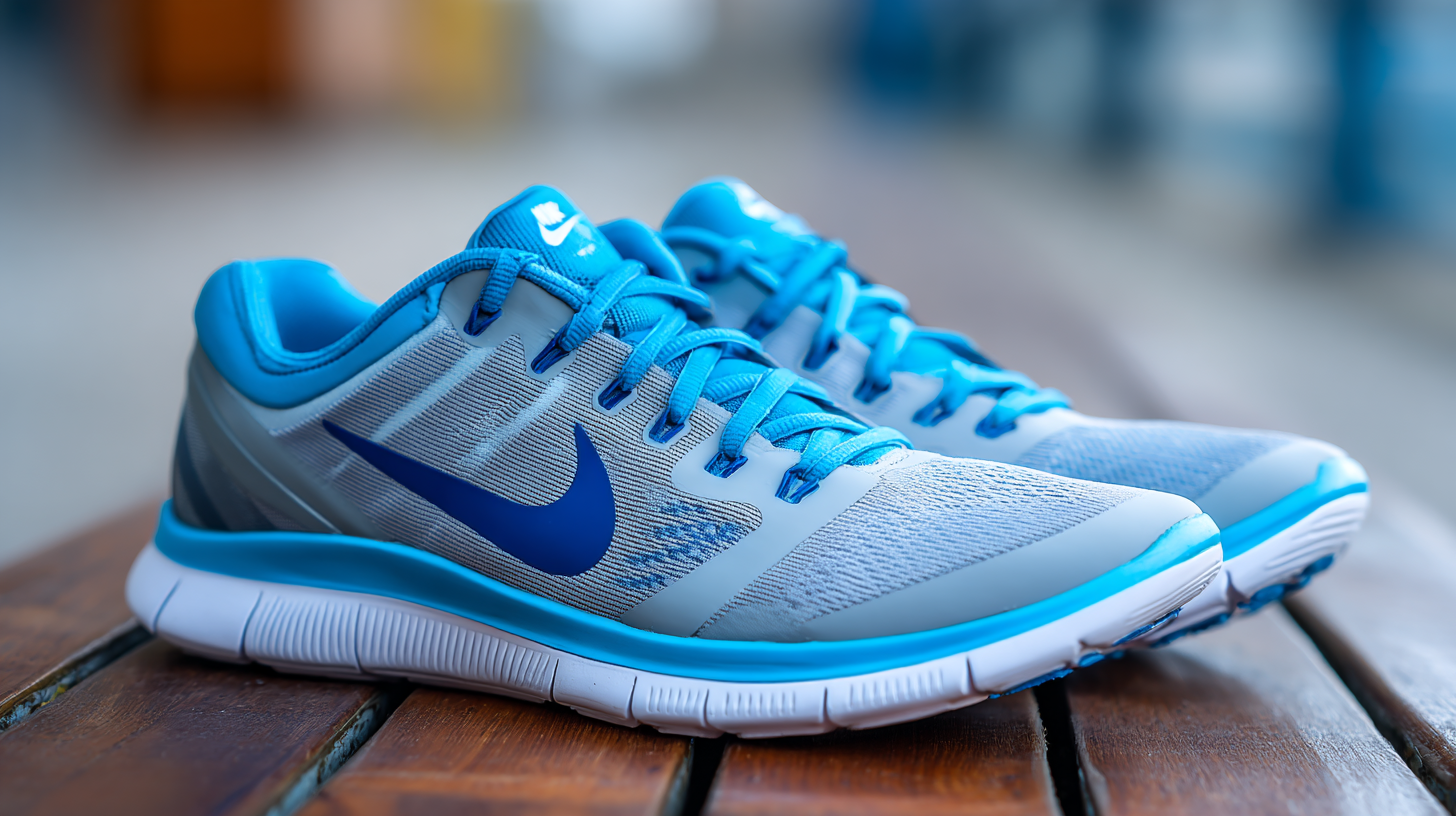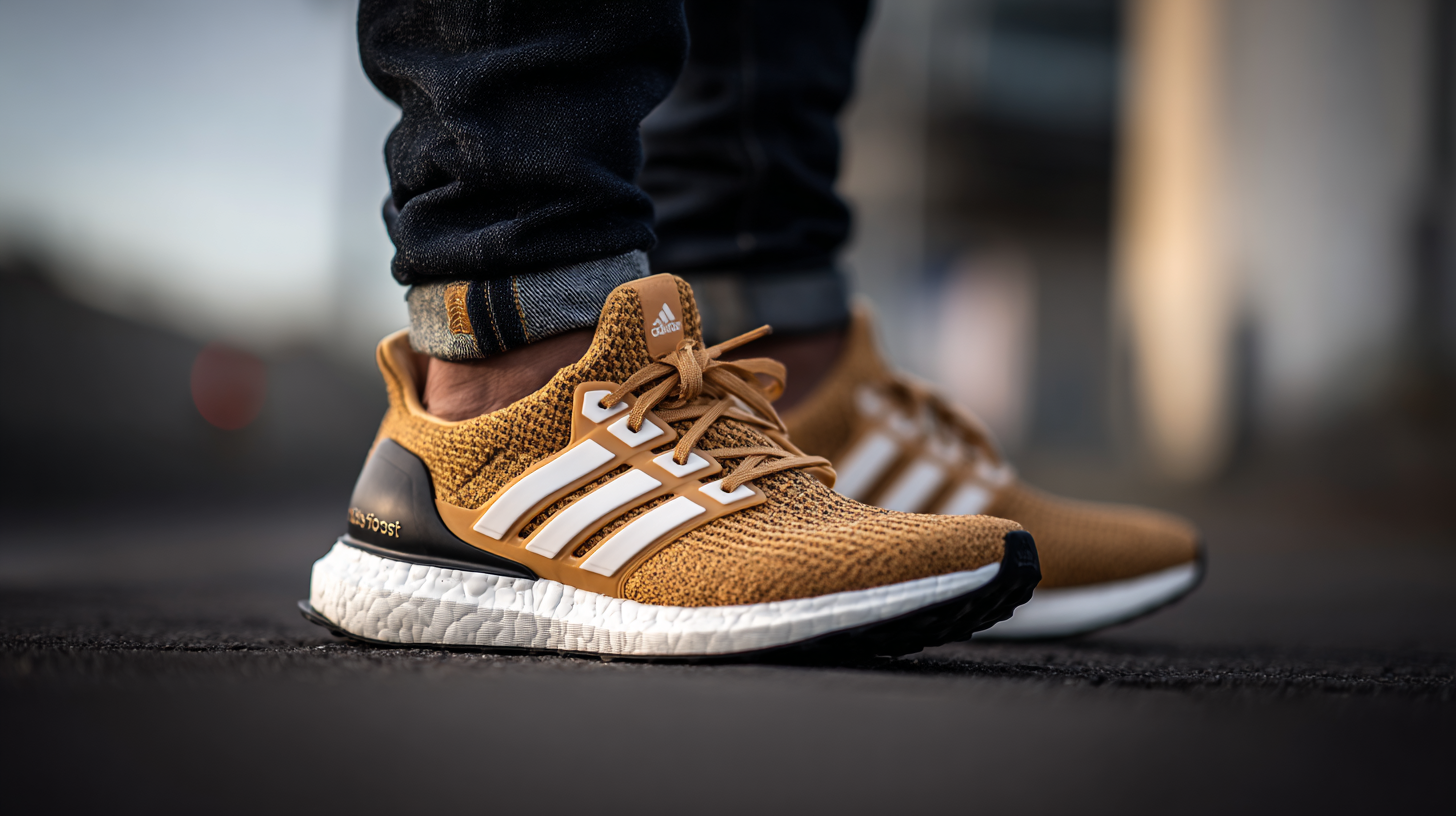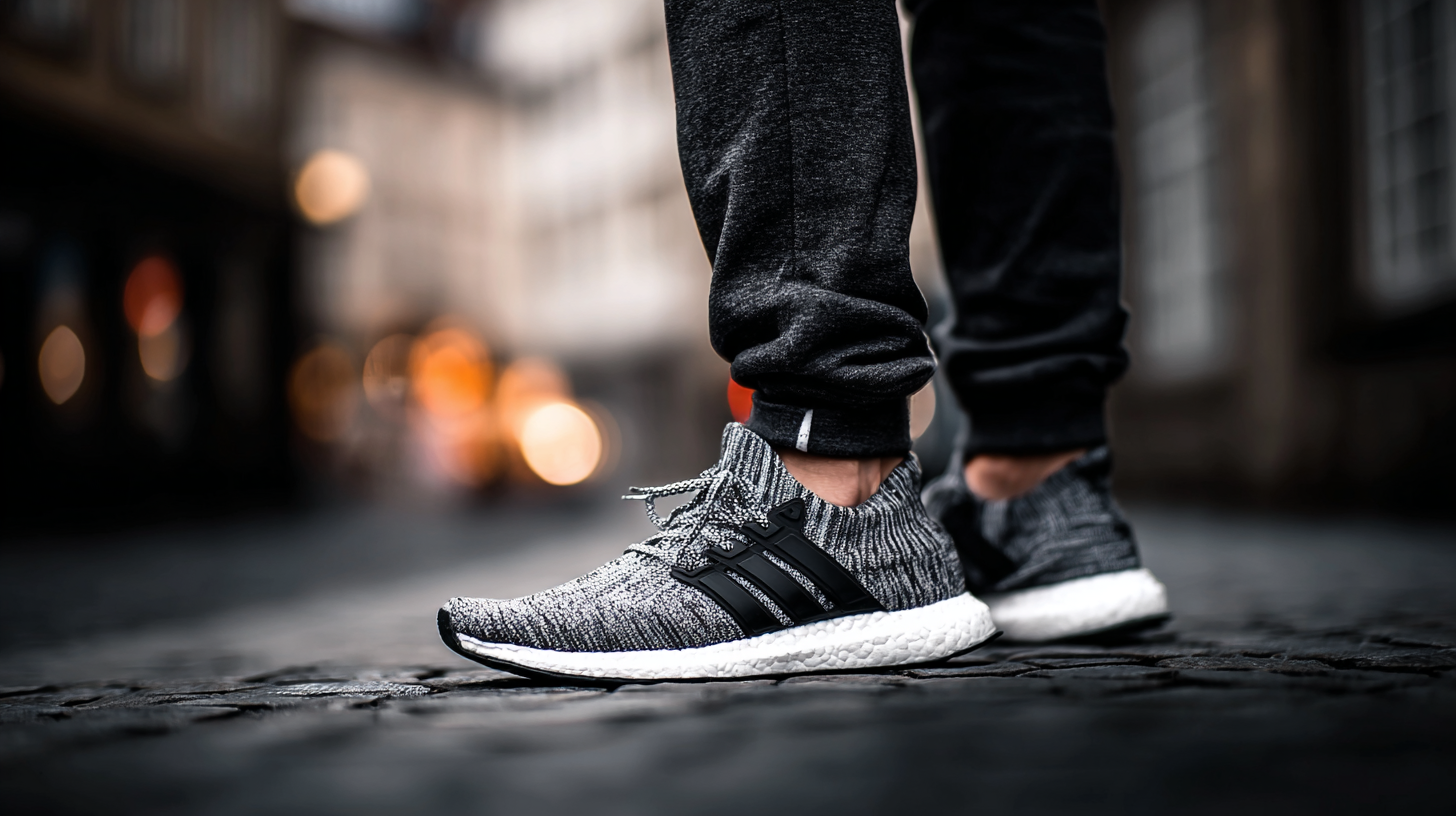
In recent years, the demand for casual running shoes has seen a remarkable surge, driven by an increasing awareness of health and fitness. According to a report by Grand View Research, the global athletic footwear market is projected to reach USD 195.87 billion by 2027, with running shoes being a significant contributor. This rising trend highlights not just the popularity of running as a leisure activity but also the importance of selecting the right footwear to enhance performance and comfort.

Casual running shoes, designed for both style and functionality, are becoming a staple in many wardrobes. They not only provide vital support and cushioning, reducing the risk of injury, but also offer versatility for a range of activities beyond running. As manufacturers strive to meet global demands, the emphasis on technological advancements in casual running shoes continues to grow, promising an unparalleled transformation in the running experience for enthusiasts and casual joggers alike.
When selecting casual running shoes, comfort is paramount. According to a 2022 report by the American Podiatric Medical Association, about 75% of Americans experience foot issues related to improper footwear. The best casual running shoes should feature cushioning that absorbs impact without sacrificing stability. Look for models equipped with responsive midsole materials, such as EVA foam or newer technologies like Boost foam, which can provide up to 20% more energy return compared to traditional materials. This feature is essential for reducing fatigue during longer runs and improving overall performance.

In addition to cushioning, breathability is another critical element to consider. A 2021 survey from Runner's World found that nearly 67% of runners prioritize breathable materials to keep their feet cool and dry, which is vital for comfort during extended workouts. Shoes with mesh uppers allow for proper airflow, minimizing moisture buildup and preventing blisters. Moreover, a snug fit—achieved through an adjustable lacing system—can enhance support, as evidenced by research from the Journal of Sports Sciences, which highlights that a supportive fit can reduce the risk of common running injuries by nearly 30%. Prioritizing these features will ensure your casual running shoes transform not only your running experience but also your long-term foot health.
Finding the right fit for your running shoes can significantly impact your overall running performance. A proper fit is not just about the size; it's also about the shape and support tailored to your foot type. Many runners may overlook the importance of getting fitted, but taking the time to assess how well a shoe conforms to the contours of your foot can transform your running experience. Shoes that fit correctly can help optimize your gait, provide better shock absorption, and reduce the risk of injuries.
In recent tests comparing popular running shoe models, distinct differences emerged, emphasizing the importance of fit. For instance, some models are designed for neutral runners, while others cater to those needing stability. Runners who are mindful of their foot structure and choose shoes that fit their specific needs often report improvements in comfort and performance.
Whether you're just starting your running journey or looking to enhance your endurance, prioritizing the right fit is essential for maximizing your potential on the track or trail.
When it comes to choosing the right running shoes, understanding the difference between lightweight and heavier options can significantly impact your performance and comfort.
 Lightweight running shoes are designed with minimal material, promoting a faster stride and allowing for greater agility.
These shoes often feature breathable materials and a streamlined design, making them ideal for casual runners looking to enhance their speed and efficiency.
They provide a connection to the ground that can be exhilarating for those seeking a more natural running experience.
Lightweight running shoes are designed with minimal material, promoting a faster stride and allowing for greater agility.
These shoes often feature breathable materials and a streamlined design, making them ideal for casual runners looking to enhance their speed and efficiency.
They provide a connection to the ground that can be exhilarating for those seeking a more natural running experience.
On the other hand, heavier running shoes tend to offer more cushioning and support, which can be beneficial for longer distances or for runners with specific needs. These shoes often come with additional features like enhanced arch support and shock absorption, making them a suitable choice for individuals prone to injuries or those who prefer a more cushioned feel. The trade-off, however, is that they may feel bulkier and can slow you down.
Ultimately, the best choice depends on your running style, distance, and personal preferences, but understanding the strengths of both lightweight and heavier shoes will help you make an informed decision that enhances your overall running experience.
When it comes to enhancing your running experience, the choice of cushioning in your shoes plays a pivotal role.
Cushioning not only affects comfort but also impacts your overall performance. Different types of cushioning materials, such as gel,
foam, or air cushions, can provide varying levels of support and responsiveness. For instance,
softer cushioning can absorb impact, reducing the strain on your joints, while firmer options can offer improved energy return,
making each step feel more efficient.
Moreover, the right cushioning can help accommodate individual running styles. Runners with heavier foot strikes may benefit from shoes
that offer greater shock absorption, while lighter runners might prefer more responsive cushioning that propels them forward.
The key is to find a balance that suits your running habits, providing you with the support you need without sacrificing
speed or agility. Ultimately, the right cushioning choice can truly transform your running experience,
allowing you to go further and enjoy each stride more than ever before.
When it comes to choosing casual running shoes, striking a balance between durability and style is crucial for enhancing your running experience. A recent report from the American Council on Exercise highlights that nearly 70% of runners experience injuries due to improper footwear. This underscores the importance of investing in shoes that not only look good but also provide the support and cushioning needed for regular use. A durable shoe can withstand the rigors of both everyday wear and running, ensuring that it maintains its structural integrity over time.
Today’s market offers a wide array of casual running shoes that seamlessly blend aesthetic appeal with functional performance. For instance, studies have shown that shoes designed with breathable mesh uppers and responsive foam midsoles can significantly reduce impact on joints, which is essential for runners of all levels. According to data from the International Journal of Sports Medicine, the right shoe can enhance performance metrics by up to 15%, making style not just a cosmetic choice but also a factor that contributes to your overall performance and comfort. Therefore, when selecting your next pair of casual running shoes, prioritize models that deliver both durability and style to ensure a transformed running experience.
